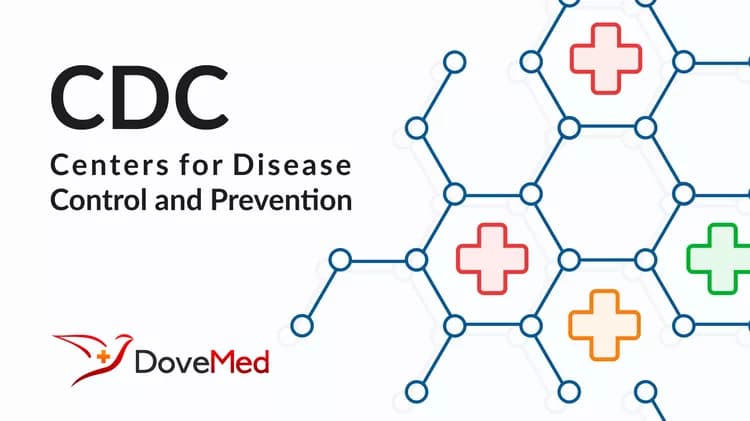
Teen Birth Rate Continues to Decline; African-American Teens Show Sharpest Drop
Fact Sheet Teen Birth Rate Continues to Decline;
African-American Teens Show Sharpest Drop
Final 2002 United States Birth Data Now Available
The Centers for Disease Control and Prevention (CDC) today released the annual detailed report on birth statistics for the nation, which shows a continued decline in the teenage birth rate with the sharpest drop in births for African-American teens.
Births: Final Data for 2002, from CDC’s National Center for Health Statistics shows that the teen birth rate declined by 30 percent over the past decade to an historic low and that the rate for black teens was down by more than 40 percent. For young black teens (15 to 17) the results were even more striking—the rate was cut in half since 1991.
The report documents other record findings:
The average age at first birth was 25.1 years in 2002, an all-time high in the United States. In 1970, the average age at first birth was 21.4 years.
Birth rates for women 35-39 (41 births per 1000 women) and 40-44 (8 per 1,000) were the highest in more than three decades. The rate for women ages 20-24 (104 births per 1,000 women) was on the decline and the rate for those 25-29 was stable, but still the highest of all age groups, at 114 per 1,000 women. In contrast, the rate for teens was 43 per 1,000.
The number of births to unmarried women reached a record high of 1,365,966 in 2002, up 1 percent from 2001. This increase reflected the growing number of unmarried women rather than an increase in the rate, which was stable at 44 births per 1,000 unmarried women. The birth rate for unmarried teenagers continued to decline.
Just over one in 10 women smoked during pregnancy in 2002, a decline of 42 percent since these data were first collected in 1989. Smoking declined for all age groups and most race and Hispanic origin groups in 2002.
Cesarean deliveries increased 7 percent from 2001 to 2002 to reach a rate of 26.1 percent of all births, the highest ever reported in the United States.
The preterm birth rate (less than 37 completed weeks of gestation) rose to 12.1 percent in 2002, and has risen 14 percent since 1990, reflecting in part the rising multiple birth rate. However, the preterm rate for single births has also risen, up 7 percent from 1990.
The twin birth rate continued to rise, increasing 3 percent between 2001 and 2002 to 31 twin births per 1,000 births. This rate has risen 38 percent since 1990 and 65 percent since 1980.
The rate for triplets and other higher order multiple births dropped slightly to 184 per 100,000 in 2002, the third decline in the last four years after an increase of more than 400 percent between 1980 and 1998.
The new report covers a number of key findings not addressed in the 2002 preliminary birth report issued last spring as well as more detail and updated findings on some topics presented then. This report includes trends, data by state and detailed data by race and ethnicity.
Data on births are based on information reported on the birth certificates filed in State vital statistics offices and reported to CDC through the National Vital Statistics System. The report is available on CDC’s National Center for Health Statistics website at www.cdc.gov/nchs.
# # #
CDC protects people's health and safety by preventing and controlling diseases and injuries; enhances health decisions by providing credible information on critical health issues; and promotes healthy living through strong partnerships with local, national, and international organizations.
Related Articles
Test Your Knowledge
Asked by users
Related Centers
Related Specialties
Related Physicians
Related Procedures
Related Resources
Join DoveHubs
and connect with fellow professionals

0 Comments
Please log in to post a comment.